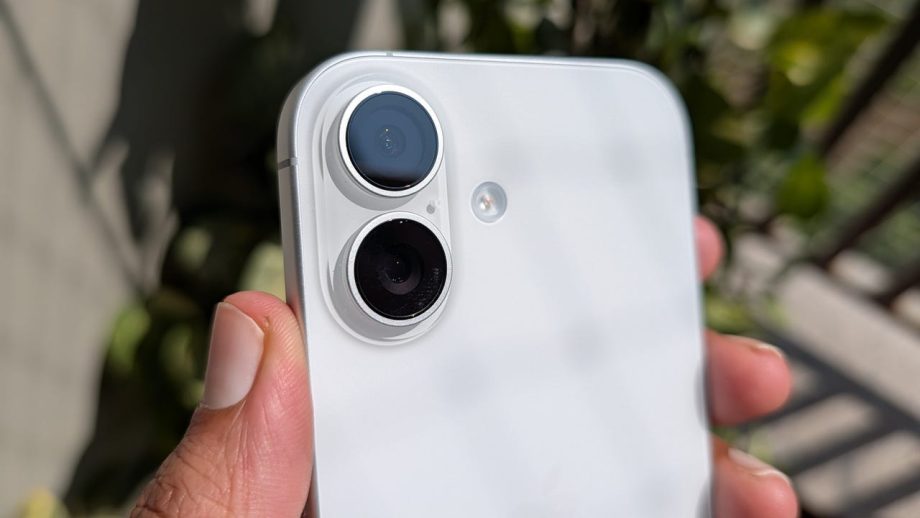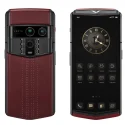In the last few years, the base iPhone has been pushed to the sidelines as Apple reserved the flashiest upgrades for the Pro models. This time, against the redesigned Pro and new Air, the gap appeared even wider. Except, while the new iPhone 17 looks the same as before, it not only catches up on last year’s Pro additions, but also goes toe-to-toe with the 17 Pro in more ways than one.
The iPhone 17 brings several long-overdue features that were missing on its predecessor and have been available on budget Android phones for generations. Most notably, the screen now has a variable refresh rate, which means it’s smoother and can always remain on. Paired with other quality-of-life upgrades, like faster charging and a smarter and sharper selfie camera, this year’s entry-level iPhone feels far more premium than ever, and at the same $799 starting price, an excellent value among the best smartphones you can buy.
Apple iPhone 17 – Design and Build
Design is the one aspect that’s a constant reminder that the iPhone 17 is the base variant of Apple’s 2025 lineup. Unlike the Air and the Pro, the iPhone 17’s exterior is nearly indistinguishable from the 16. The two cameras on the back are still laid out vertically on the top left corner, and the body is composed of the same brushed metal sides sandwiched between a glossy front glass and a matte rear one.
Look closer, however, and there are a handful of giveaways. The iPhone 17 is a hair taller, courtesy of the larger screen, and a touch heavier. Because of the thinner bezels up front, though, this bump up in size doesn’t affect its ergonomics, and it continues to be a comfortable form factor for most people. I do wish, though, that Apple had figured out a way to make it less wobbly when lying on a flat surface. I’m not a fan of the new color options, either, which are not as punchy as before.
One other difference is that the glass over the display is now stronger, and as per Apple, three times more resistant to scratches. That seems to match my experience – when I dropped the 17 on a hard surface, it came out unscathed.
While unchanged, the iPhone 17 looks clean and charming, but I do hope Apple updates the design next year.
Apple iPhone 17 – Display
As an iPhone 16 user, the iPhone 17’s screen felt like a significant step-up. While it has the same sharp resolution as before, it’s now bigger at 6.3 inches, and since the bezels have been slimmed down further, watching content feels more immersive. It also gains a higher 120Hz refresh rate, making everyday operations, like scrolling and playing compatible games, far smoother.
Even though it seems like a cosmetic upgrade, the 120Hz screen makes a huge difference in day-to-day experience. Previously, when I returned to the iPhone 16 after spending days with a 120Hz-capable phone, its display felt like a relic and just not as fun to use.






